Convento da Arrábida

Set among the pine covered hills of the Serra da Arrabida this complex of 16th century building was originally a Franciscan monastery. The site covers around 25 hectares and contains a number of buildings, shrines and woodland.
Monastery of Jesus
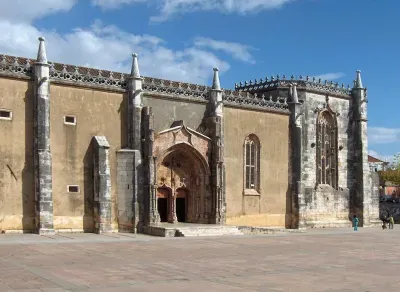
Setubal's Monastery of Jesus was built in the 1490s as a convent for Poor Clare nuns, a Franciscan order. The building represents some important moments in Portuguese architecture being one of the earliest examples of the Manueline School of Architecture.
Igreja de Nossa Senhora da Consolação
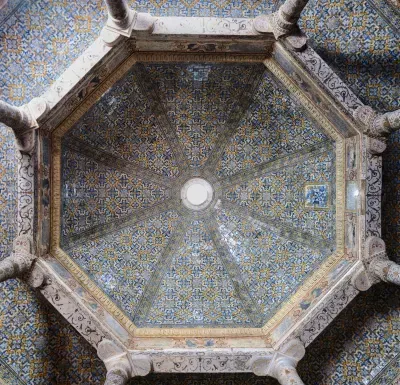
The Igreja de Nossa Senhora da Consolação (Church of Our Lady of Consolation) is one of Elvas’s hidden treasures. Set in the charming little square of Largo de Santa Clara the church doesn’t look particularly interesting from the outside, but step indoors and the interior will take your breath away. The walls, pillars and ceiling are covered with stunning 17th century patterned tiles, and there are three ornate gilt altars, dedicated to St Dominic, John the Baptist and St Thomas Aquinas.
Capela dos Ossos (Faro)
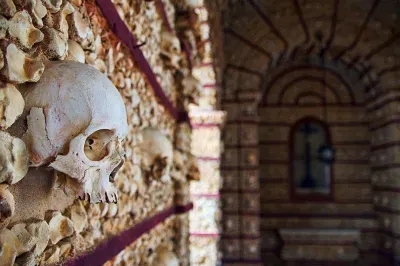
Without doubt the most macabre of Faro's many attractions is the Capela dos Ossos (Chapel of the Bones), a minuscule ossuary chapel lovingly decorated with the bones and skulls of over 1000 human skeletons. The chapel forms part of the beautiful 18th century Igreja da Nossa Senhora do Carmo (Our Lady of Mount Carmel) Church, with its whitewashed Baroque exterior and richly gilded interior.
Igreja da Conceição Velha
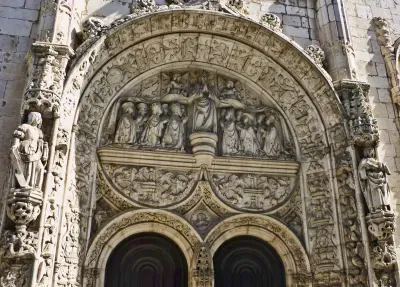
Built around 1500 on the site of an ancient synagogue, and also known as Our Lady of the Conception, this was once the second largest place of worship in Manueline Lisbon. Nowadays this historic church, with an ornate façade reminiscent in style and grandeur of the Jerónimos Monastery in Belém, seems to be sandwiched between two more pedestrian buildings down a largely overlooked street. But therein lies the story of this building.
Convento dos Capuchos
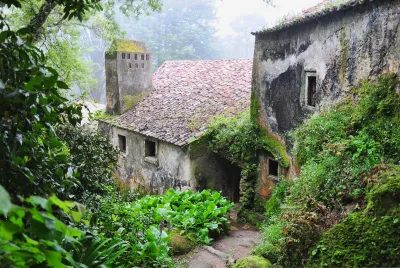
If you’re looking to escape from Sintra's well-trodden tourist hotspots, and find a quiet, contemplative spot, this former monastery is just the spot. Almost hidden in a shroud of greenery, it gives a glimpse of the simple lifestyle of 16th century Franciscan monks and an opportunity to get away from it all.
Sé de Leiria

Leiria's 16th century cathedral (Sé de Leiria) lies just beyond the old city walls in a small square. It was constructed between 1559 and 1574, during the reign of Dom João III to designs by architect Afonso Alvares.
The exterior styling is of the fairly austere Mannerist school, although the interior, with its barrel vaulted roof is quite lavish.
Igreja de São Roque
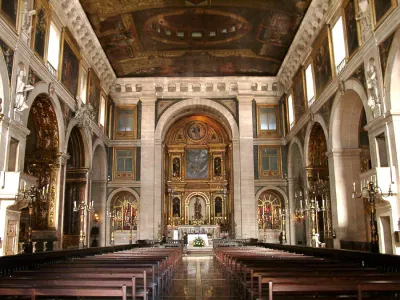
The earliest Jesuit church in Portugal and one of the first in the world, the Igreja de São Roque was built in the 16th century specifically for preaching. When built it was positioned beyond the walls of the city to cut it off from Lisbon and was used as a burial ground for those victims of the plague. It is one of the few buildings in Lisbon to survive the 1755 earthquake.
Igreja do Divino Salvador de Alvor
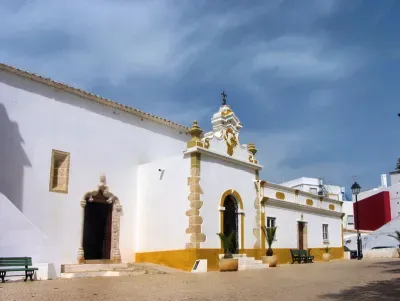
Igreja do Divino Salvador, Matriz de Alvor (Church of the Divine Saviour) dates back to the 16th century, as does its best feature, the Manueline style doorway.
This whitewashed Algarvian church was largely rebuilt in the 18th century in the Rococo style. The interior is fairly impressive consisting of three naves and fine vaulting, some of which dates back to the original church. A lavish high altar and holy water font also date back to the 16th century.
Guarda Cathedral
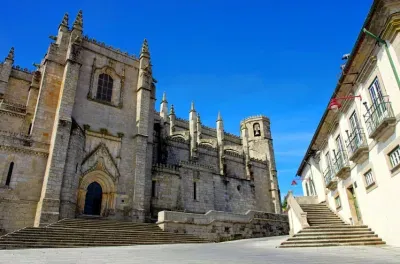
Like many of Portugal's early cathedrals the Sé da Guarda appears part church, part fortress. Plans for the cathedral date back as far as the early 13th century, a time when much of Portugal had only just been clawed back from the Moors and wars with nearby Spain were constant.